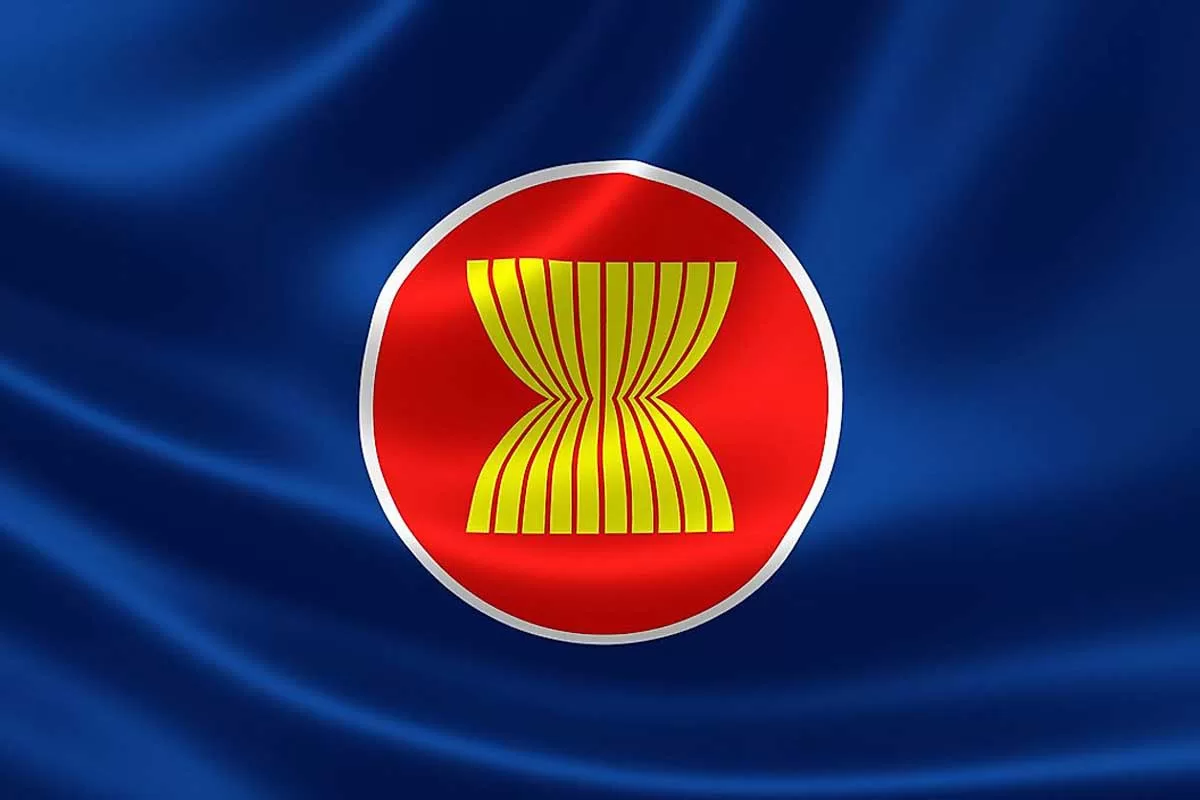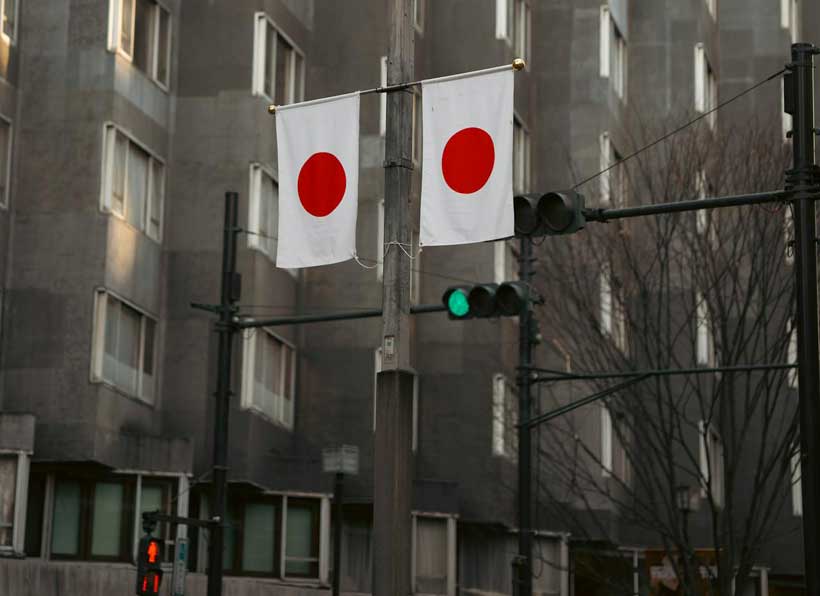In the world of international relations, foreign aid is not simply about altruism. It is a very complex thing, as Carol Lancaster points out in her fundamental work, Foreign Aid: Diplomacy, Development, and Domestic Politics: Aid is not just about pure altruism or even pure development. It is also about a country’s diplomacy, its domestic politics, and other broader strategic interests. In today’s evolving global landscape, this diplomatic element has increased even further. Today, the world is no longer dominated by one or just two superpowers, but rather a new multipolar order has taken shape, giving rise to a phenomenon or concept that we can call “competitive aid.”
Aid is no longer about who gives more, but rather about a high-stakes game in which countries use it to compete, gain advantage, and consolidate their influence in a country or region. Under these conditions, what does this increased competition mean for recipient countries? Does it really lead to better outcomes for developing countries? Or is it just creating a mess of fragmented efforts, redundant projects, and inappropriate prioritization by geopolitical shifting rather than actual development needs?
Foreign Aid Diplomacy in the New Global Era
To better understand “competitive aid,” we can recall where foreign aid diplomacy came from. For decades after World War II, especially during the Cold War, aid was largely a Western affair, with the United States in the lead. The narrative was often about rebuilding war-ravaged economies or, most importantly, preventing the spread of communist ideology. Aid is a key component of soft power, building alliances and promoting a particular vision of the global order.
Jump forward to the 21st century; the situation seems completely different. We have seen the rise of new economic giants, most notably China, as well as increasingly influential players such as India, Brazil, and the Gulf states. These are not just new faces on the list of donor countries. They bring very different philosophies, historical experiences, and, most importantly, strategic interests. China’s Belt and Road Initiative (BRI) is a very clear example. It is a massive infrastructure financing project that often offers large-scale loans on easier political terms than the approach of traditional Western donors. On the other hand, the European Union emphasizes human rights and good governance in its development cooperation. Meanwhile, US aid often ties its assistance directly to national security concerns, such as stabilizing an unstable region or securing vital supply chains. This diversity of donors, each with their own geopolitical strategies, has undeniably increased competition for aid.
The Dynamics of “Competitive Aid”
So, what exactly does “competitive aid” look like on the ground? It is a complex form of diplomacy where development projects are likened to pawns on a global chessboard. Donor countries are not just writing checks; they are actively competing for influence by offering what they expect to be the most attractive terms, the most impactful projects, or the most strategically aligned visions. The most prominent example of this competitive dynamic is seen in the global scramble for infrastructure development and connectivity. China’s BRI, launched more than a decade ago, has poured massive investment into roads, railways, ports, and digital networks across the continent. While Beijing insists that it is purely about economic growth and trade, it is hard to disregard the undeniable geopolitical implications of expanding China’s economic reach and gaining political influence as a result. A simple example is the Hambantota port project in Sri Lanka. While the project has economic aspirations, its handover to Chinese control due to Sri Lanka’s debt problems has sparked a heated debate on “debt trap diplomacy” and potential strategic leverage for Beijing.
In response, Western powers did not remain silent. The G7’s “Partnership for Global Infrastructure and Investment” (PGII) and the EU’s “Global Gateway” are a direct response and counter-response. These initiatives explicitly aim to provide a “value-based” alternative to infrastructure financing, emphasizing transparency, environmental sustainability, and fair labor practices. It is a clear competition over who will build the next big highway or port, with recipient countries finding themselves persuaded by many different parties offering favors.
However, competitive aid goes beyond just concrete and steel alone. It is also fiercely played out in efforts to gain access to resources. Donors might sweeten the aid package with agreements that guarantee access to vital minerals—for example, cobalt in the Democratic Republic of Congo or lithium in Latin America—or other important energy supplies. This could manifest as direct investment in extractive industries or broader development programs designed to stabilize strategic resource-rich regions. And let’s not forget the drive to grow political influence and shape the international norm. This can involve financial support for democratic institutions, judicial reform, or civil society groups, all aimed at promoting the donor country’s preferred governance model. Sometimes, it is more transactional in nature, with aid subtly or overtly linked to the recipient country’s support for the donor country’s position on international forums, such as votes in the UN or alignment on key geopolitical issues. This competition is not just about physical assets; it is about hearts, minds, and diplomatic solidarity.
So, what does all this competition mean for aid effectiveness and how it is coordinated? To be honest, it’s a double-edged sword that offers both exciting possibilities and significant headaches for recipient countries. On the one hand, a diverse donor landscape can be a good thing. With many players offering aid, recipient countries may find themselves in a stronger bargaining position. They can potentially negotiate better terms, more flexible loan conditions, or projects that are truly aligned with their own development plans. This is a bit like a “buyer’s market” for development, which, in an ideal world, could lead to more aid flows and faster progress. Just imagine a country in need of a new national railroad, perhaps getting attractive bids from Chinese, European, and American consortiums, allowing them to choose the best fit. This competitive pressure may even encourage donors to be more responsive to local needs.
However, the drawbacks of competitive aid are often greater, creating real challenges for aid effectiveness. First, when donors focus primarily on their own strategic interests, it often leads to a lack of coordination that is ultimately underwhelming. Donors may ignore existing national development strategies or multilateral coordination mechanisms and prefer to work bilaterally to maximize their own visibility and influence. This can result in fragmented aid efforts, where projects are undertaken in isolation, without synergy or a cohesive approach to a country’s overall development. Imagine a scenario where multiple donors fund separate, unconnected health clinics in the same district, rather than collaborating to build a comprehensive and integrated healthcare system. This duplication of efforts and resources is simply very inefficient and certainly wasteful.
Second, competitive aid can easily lead to misplaced development priorities. Recipient countries, desperate for funds, may feel pressured to accept projects that primarily serve the donor’s strategic agenda, even if it is not the most urgent or beneficial for themselves. This can result in the infamous “white elephant” projects with large-scale infrastructure that look impressive but are economically unfeasible or poorly integrated into the local economy. They become more about donor prestige than real development goals. And then there is the obvious risk of an increased debt burden. While the “debt trap diplomacy” narrative (the idea that China deliberately traps countries in debt to seize assets) is the subject of ongoing academic debate, the reality is that large, non-transparent loans from multiple sources can pile up very quickly. If these projects do not generate sufficient economic returns, recipient countries can find themselves trapped in ongoing debt and forced to divert critical resources from social services to debt repayment.
Finally, this competitive dynamic could erode multilateralism and established international development norms. If powerful countries consistently prioritize interest-driven bilateral aid over collaborative efforts through multilateral bodies, it will undermine institutions designed to promote coordinated, principles-based development. This could erode trust, create parallel aid structures, and make it harder to address global challenges that truly require collective action, such as climate change or future pandemics, which demand a united front. The recent decline in official development assistance (ODA) from some traditional donors, partly due to domestic refugee costs and shifting geopolitical priorities, further underscores how fragile the aid landscape is in this competitive environment.
A Path Forward: Navigating the New Aid Landscape
It is clear that foreign aid diplomacy has undergone a profound transformation. What was once a tool for post-war reconstruction has become a central player in today’s complex geopolitical arena. The rise of new global powers has undeniably ushered in an era of “competitive aid,” where development assistance is increasingly becoming a strategic asset in the pursuit of influence and advantage. Despite the tempting promise that this competition might offer more choice and leverage to recipient countries, fragmentation, duplication, distorted priorities, and the continuing shadow of debt present formidable obstacles to proper and long-term development.
So, where do we go from here? Responsibility certainly lies on both sides. For recipient countries, it is crucial to develop strong strategic planning capacity and sharpen their negotiation skills. This is not just about receiving money but rather about ensuring that foreign aid actually serves their national development agenda rather than being a mere pawn in a larger geopolitical chess game. For donor countries, while national interest will always be a driving force, there is a strong argument for a renewed commitment to coordination, transparency, and adherence to internationally agreed principles of aid effectiveness. In conclusion, moving beyond a purely competitive mindset towards a more collaborative approach to foreign aid diplomacy is very essential. It’s not just about being generous. It is about how to effectively address global challenges together and build a more just and prosperous world for all. The shifting balance of power demands not only new strategies but also a careful re-evaluation of the purpose and practice of foreign aid itself.
















